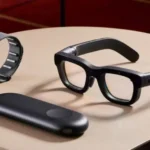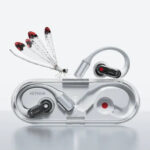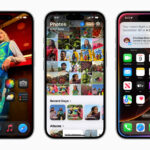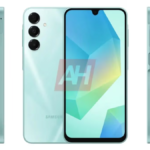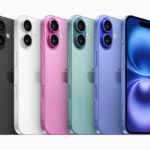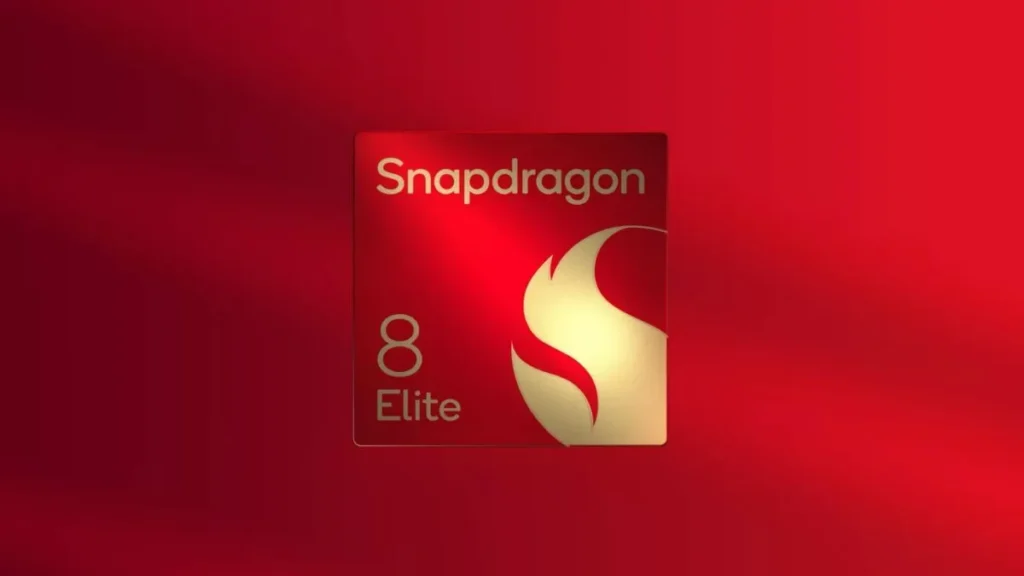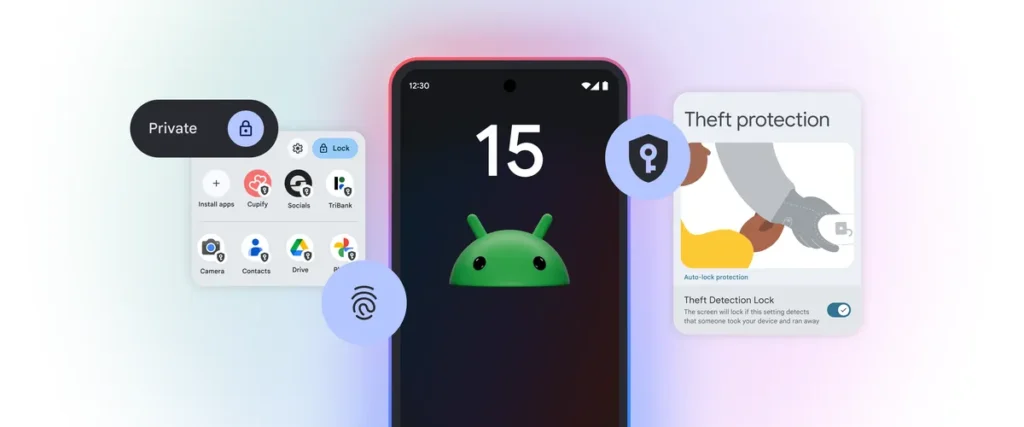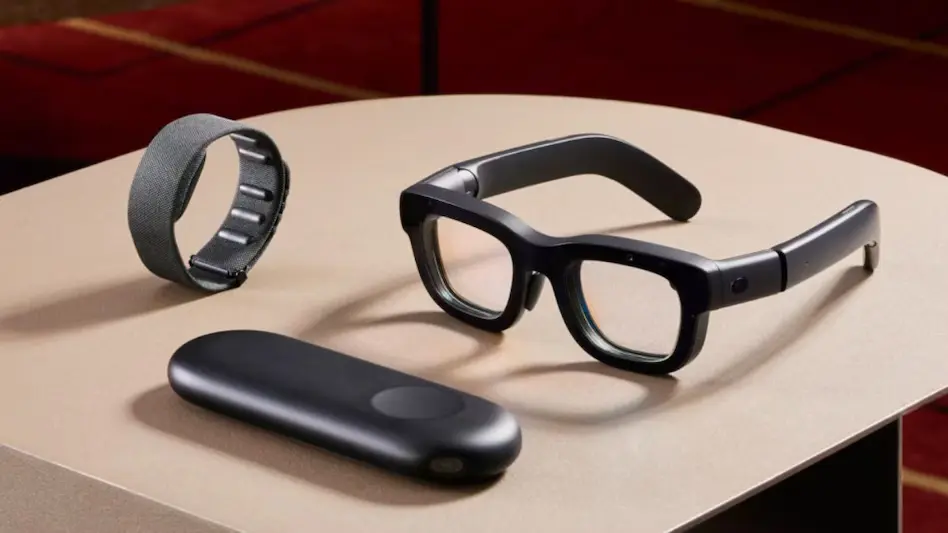The US Patent and Trademark Office released a large number of patents on Thursday that cover a wide range of products. Next-generation force touch technology is the topic of the patent. Apple claims that their new technology will be used in apple watch and smart bands, a new wrist-band device for “patients,” headphones, airpods, smart cuffs, apple’s ar glasses, and personal medical devices (such as at-home health monitors, wearable medical devices, sleep tracking devices, activity tracking devices, sports devices, and more).
More crucially, Apple’s patent includes a next-generation force sensor system for compact form factors. The new interface pressure sensor, according to Apple, may be utilized for applanation tonometry. Furthermore, the novel infill material forms a detecting surface that, when pushed, may transmit a force that a fluid pressure sensor can detect.

A force sensor can be found in an electronic gadget, according to Apple’s patent history. Compressible capacitive plates, piezoelectric materials, piezoresistive materials, strain-sensitive materials, and other materials are often used in traditional force sensors. Conventional force sensors, on the other hand, may not be easily or effectively included in portable or low-profile electronic devices due to their designs and materials, which reserve large space and/or area with an electronic device housing.
Furthermore, traditional force sensors often have structurally restricted and/or nonlinear force sensitivity, making them unable to detect tiny or gradual changes in force correctly or precisely.
Additionally, many traditional high precision and high accuracy force sensors (which may be utilised in medical, scientific, or industrial applications) are often delicate and/or expensive to install, repair, and operate, necessitating specialised training. Conventional force sensors are often unsuitable for one or more of the following applications: small form factor applications, such as wearable electronic devices; low-cost applications requiring durability, such as sports equipment; or high precision and high accuracy applications, such as noninvasive medical devices, due to these and other shortcomings.
An interface pressure sensor system defined by Apple’s patent defines a sensing surface adapted to receive a normal force. A section of a potting, infill or encapsulation material put over and surrounding a microelectromechanical fluid pressure sensor includes the sensing surface. When a force is applied to the sensor surface, the encapsulating material transfers that force, or at least a portion of it, to a microelectromechanical force or pressure-sensitive device.
A force applied to the sensing surface can be transformed from a property of an electrical circuit conductively connected to the microelectromechanical sensor. The sensing surface’s surface area may also be used to determine the pressure exerted on the interface pressure sensor system. To put it another way, the surface area of the sensor may be divided by the force sensed by the interface pressure sensor system to produce a pressure measurement.
A rigid module enclosure defining an internal volume is included in various versions of an interface pressure sensor system. Within the internal volume is a (microelectromechanical) barometer or another fluid pressure sensor. Also disposed of is an infill substance (e.g., thermoset polymer, bismaleimide-triazine resin, other resins, plastics, epoxies, silica, silicon, polyimide, and so on). We can see an apple watch in Apple’s patent FIG. 1E below, however, the patent subsequently refers to and displays a “wearable health monitor” for “patients.”
An interface pressure sensor system, or many interface pressure sensor systems, can be utilised to accept user input and/or assessor quantify a user’s health parameter in this specific architecture.
Furthermore, Apple Watch may contain a band (#140) with an interface pressure sensor system integrated into the band’s body. The interface pressure sensor system is placed in various embodiments so that a sensing surface of the interface pressure sensor system interfaces/touches an inside surface of the user’s wrist. More specifically, at least one pressure sensor module or pressure sensor module group #142 can be moulded into the band as a result of the location.
“Patients” Wrist-Worn Device
Apple also mentions a wrist-worn gadget for “patients” that might be used to measure blood pressure and other vital signs. In this case, having a linear sensitivity of 48 mm increases the chances of at least one pressure sensor module being positioned over a patient’s radial artery significantly.

The wrist-worn device 510 can be designed to reliably acquire one or more health parameters from the user/wearer/patient, such as blood pressure, heart rate, augmentation index, pulse wave velocity, and pulse transit time, as a consequence of accurate alignment of at least one pressure sensor module.
FIG. 2 displays a system diagram of an example electronic device with an interface pressure sensor system, whereas FIG. 5B depicts a wearable electronic device with an interface pressure sensor system, according to Apple’s patent. Another wearable electronic device with an interface pressure sensor system is seen in Apple’s patent FIG. 5C.
Future MacBooks will have a new trackpad
As seen in the patent diagrams below, Apple’s patents also hint at MacBook trackpads as a possible possibility for their next-generation force sensor technology.

A fluid pressure sensor #302 may be a microelectromechanical fluid pressure sensor, such as a high-precision barometer sensor, which is included in the pressure sensor module (#300). Apple tries to disguise the fact that Figures 3B&C are for a trackpad, but the top cover is made of glass and fibreglass, which is the same material used in MacBook Trackpads, and FIG. 1 plainly reveals how their new sensor system will be utilised in future MacBooks.
Future iPhones and iPads include a new force-sensing system
FIG. 4D displays the group of FIG. 4B, enclosed with an encapsulating material, potting, or infill material, as shown in Apple’s patent FIG. 4A above. To enhance the sensing area, groups of pressure sensor modules can be stacked in arrays in some circumstances. The sensor surface formed by encapsulation #412 is set up to accept pressure/force input largely in a normal to the surface direction.

Apple’s patents cover a huge amount of information that isn’t covered in depth in this paper. Examine the six in-depth Apple patent applications mentioned below for further information:
To get real-time news alerts join the Technewsrooms Telegram group. You can also follow us on Twitter and subscribe to our Google News feed for updates.


